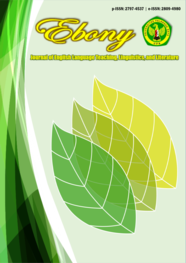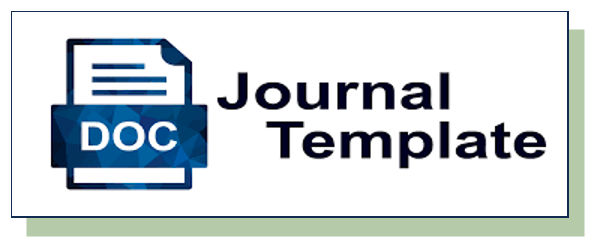The Use of Semantic Mapping Strategy to Improve Students’ Skill in Writing Descriptive Texts: a Classroom Action Research (CAR)
DOI:
https://doi.org/10.37304/ebony.v2i1.4037Keywords:
semantic mapping strategy, writing skill, descriptive textAbstract
Writing is a complicated skill should be mastered by students as it requires some knowledge related the purpose of the text, generic structure, and language features as well as the skills to organize the ideas and information in a logical way by keeping the unity and coherence of the text, so the piece of writing will be easily understood by the readers. Therefore, some students at the tenth grade of SMK Muhammadiyah Karangampel experience difficulties in writing a text, especially in writing descriptive texts. In order to improve the students’ skills in writing descriptive texts, the teacher applies semantic mapping strategy. The result shows that there is improvement in students’ scores after the treatment as semantic mapping technique facilitates their needs to brainstorm and organize ideas and information.
Downloads
References
Abdelrahman, A. M. (2013). The Effect of Teaching Vocabulary through Semantic Mapping on EFL Learners’ Awareness of Vocabulary Knowledge at Al Imam Mohammed Ibin Saud Islamic University. International Interdisciplinary Journal of Education, II(7), 722–731.
Gaut, R. (2002). Semantic Mapping Technique. Prentice Hall.
Hurford R., J., & Heasley, B. (1983). Semantics: A Coursebook. Cambridge University Press.
Huynf, U., Lizaragga, L., & Wilkerson, B. (2002). How do Semantic Maps Build Vocabulary.
NSW, B. of S. (1994). K-6 English Syllabus and Support Document. Board of Studies NSW.
Takac, V. P. (2008). Vocabulary Learning Strategies and Foreign Language Acquisition. The Cromwell Press Ltd.
Downloads
Published
How to Cite
Issue
Section
License
Copyright (c) 2022 Nurul Akbar

This work is licensed under a Creative Commons Attribution-NonCommercial 4.0 International License.











